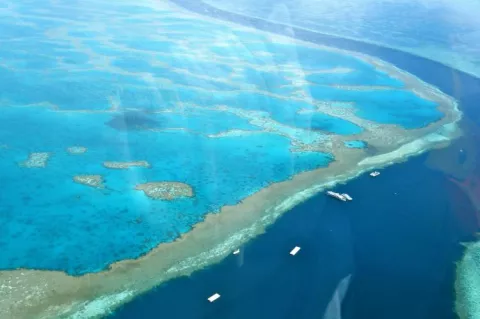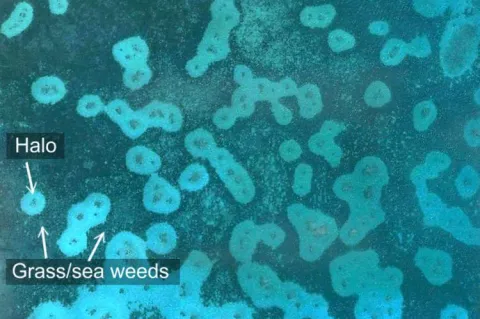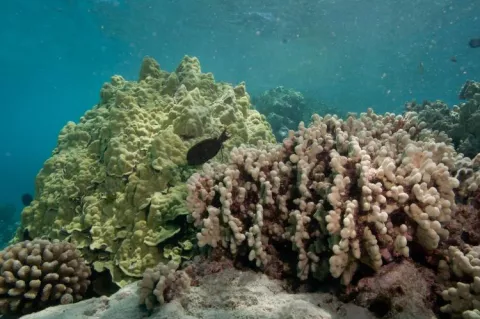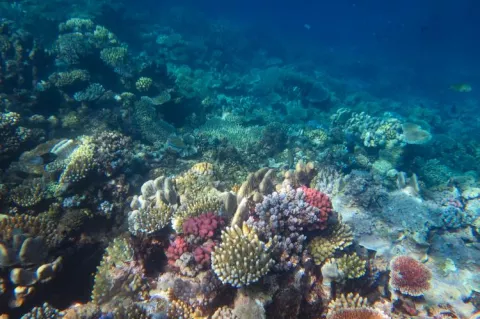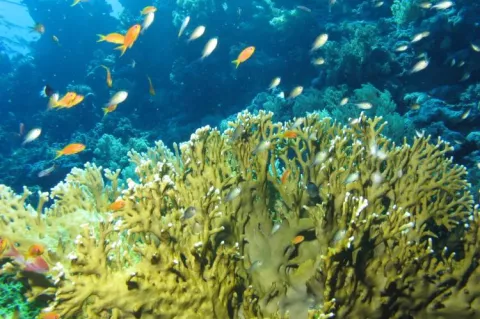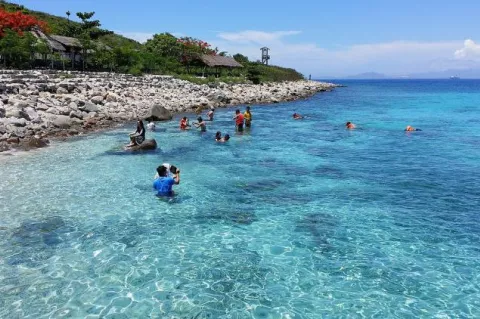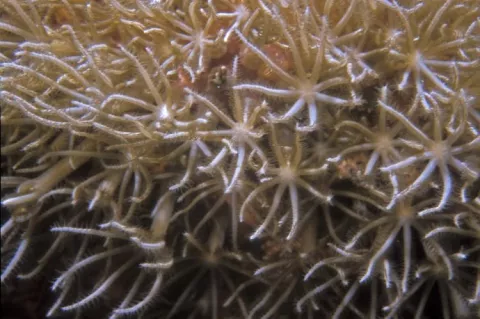100,000 corals to be planted in Singapore waters
Starting in 2024, 100,000 corals will be gradually planted in Singapore's seas as part of the nation's largest reef restoration project to date.
This extensive project complements Singapore's existing coral restoration efforts which began in 2016, spearheaded by statutory board NParks.
To achieve this feat, baby corals, or coral fragments, have been grown in nurseries for at least 10 years. Once they are big enough, they will be transplanted onto damaged reefs or in new locations that can support coral habitats.




